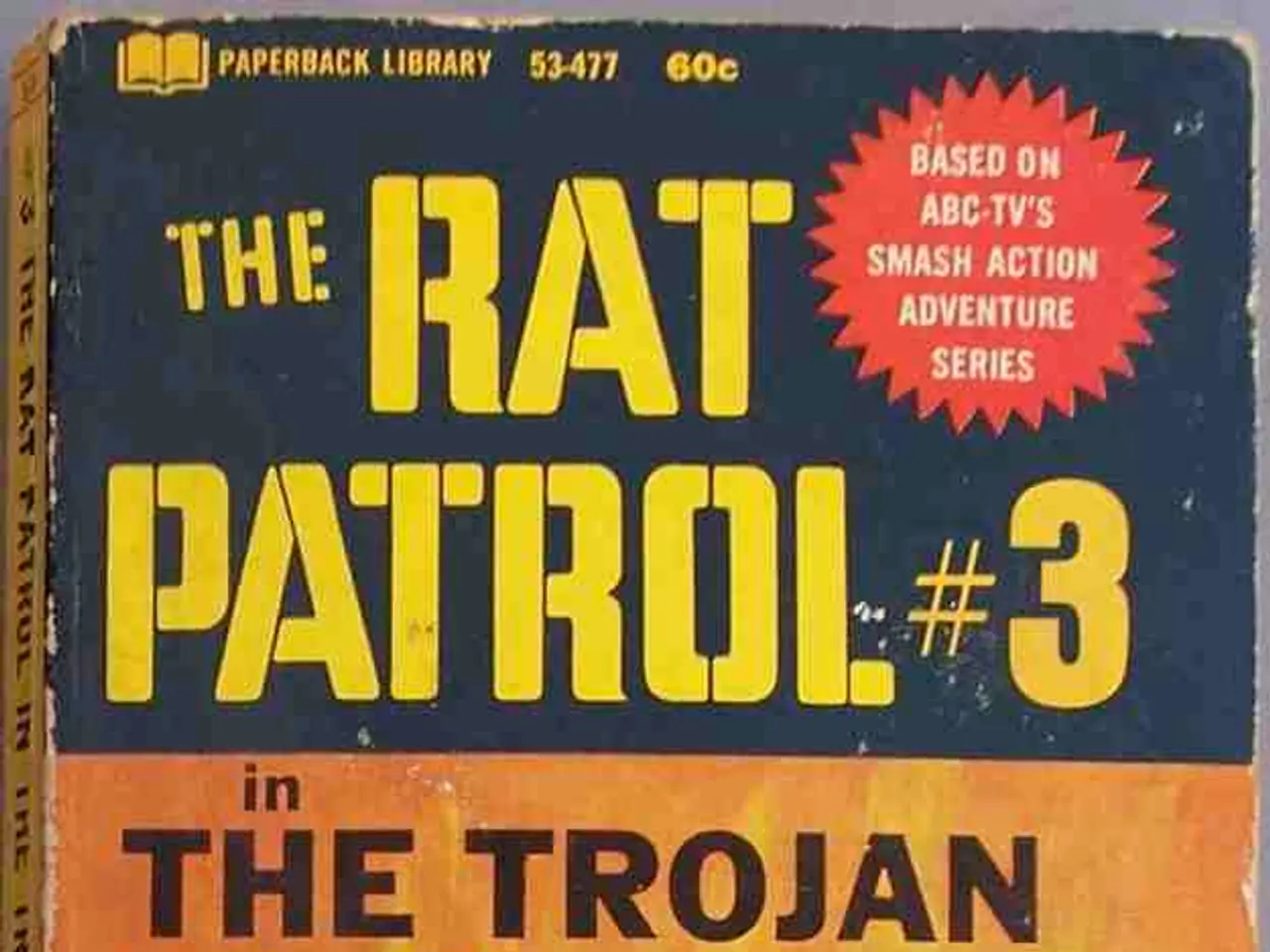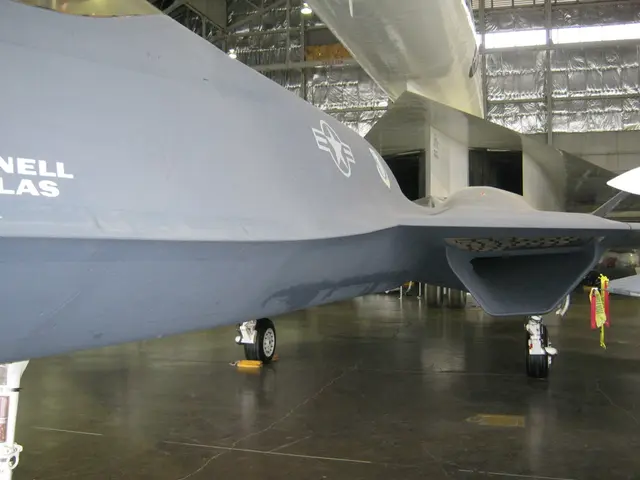Armed drones deployed by Colombia in intensified battle against drug cartels
In the heart of South America, Colombia is grappling with a new and evolving threat in its decades-long conflict - the use of drones by criminal and guerrilla groups. Initially, these groups have employed drones for surveillance, targeting, and even weaponising them, as evidenced by reports of guerrilla training in sniper shooting and drone operations[1].
The Colombian Armed Forces have identified drones and other autonomous technologies as emerging threats, transforming the landscape of transnational criminal activities[4]. The use of drones is linked to armed groups involved in drug trafficking, attacks, and territorial control efforts, indicating the intersection between drone usage and Colombia’s broader conflict dynamics.
The military faces significant challenges in countering this threat. Detection and neutralization require advanced counter-unmanned aerial systems (C-UAS), which Colombia has invested in, acquiring 48 anti-drone systems and developing 22 more through a local tech alliance[3]. However, eliminating armed groups' drone capabilities depends on regaining and holding territory, a task complicated by the fragmented nature of groups, challenging geography, and continuing insurgencies[4].
Criminal groups are continually innovating in tactics, such as attaching homemade explosives to drones and encouraging training in drone operations[1]. To combat this, Colombia's military campaign combines ground offensives, technological enhancements, and increased anti-drug trafficking operations[3].
Despite these efforts, the military's technology to combat drones is improving at a slower pace than the drones being bought by criminal groups. This technological arms race has resulted in tragic consequences, with over 60 army troops wounded in drone attacks over the past two years, and four soldiers, including 20-year-old Edison Guerrero, killed[2].
The ceasefires in Colombia have collapsed over the past year, and the conflict continues to take a toll on the civilian population. The low cost of drones provides a significant boost for criminal groups, enabling them to monitor drug crops, target rivals, and ambush security forces[5].
Colombia is late to adopt drone warfare compared to other conflict zones like Ukraine and the Middle East. The military is manufacturing its own drones, but the process is slow-going, with only eight of the latest models being produced per month[6]. The high cost of effective defense systems, such as radars and jammers, further complicates the situation[7].
The Colombian conflict, which began in the 1960s, had been decreasing in recent years due to a 2016 peace treaty. However, the use of drones by criminal groups has added a new dimension to this complex conflict, requiring a comprehensive military and technological response[1][3][4]. As the conflict continues, the race to counter the drone threat will be crucial in maintaining peace and security in Colombia.
[1] El Tiempo (2021). Guerrilla groups in Colombia training in drone operations. Retrieved from https://www.eltiempo.com/archivo/documento/CMS-4700274 [2] El Espectador (2021). Four soldiers killed in drone attacks in Colombia. Retrieved from https://www.elespectador.com/noticias/nacional/articulo-1757824-soldados-muertos-en-atentados-de-drones-en-colombia [3] Semana (2021). Colombia's anti-drone strategy. Retrieved from https://www.semana.com/nacion/articulo/estategia-antidrones-de-colombia/682964 [4] DefensePost (2021). Colombia's drone war. Retrieved from https://defensepost.com/2021/02/18/colombia-drones-war-conflict/ [5] Insight Crime (2021). Drone attacks on military bases in Colombia. Retrieved from https://www.insightcrime.org/news/americas/colombia/2021/05/06/drone-attacks-on-military-bases-in-colombia-are-becoming-more-common [6] Diario Las Américas (2021). Colombia's drone production. Retrieved from https://www.lasamericas.com/colombia-produce-drones-para-combate-a-guerrillas/ [7] El Tiempo (2021). The high cost of Colombia's anti-drone systems. Retrieved from https://www.eltiempo.com/archivo/documento/CMS-4700273
- The government's investment in advanced counter-unmanned aerial systems (C-UAS) is a response to the growing threat of drone usage by criminal groups in Colombia.
- The technology industry, specifically the development of drone technology, is playing a prominent role in the evolving conflict dynamics in Colombia.
- Financial resources are being directed towards the manufacturing of anti-drone systems as part of Colombia's broader strategy to counter the use of drones by armed groups.
- The aerospace industry may hold solutions for Colombia's drone threat, as effective defense systems such as radars and jammers are needed to neutralize drone capabilities.
- The NBA, being a global sports industry, is unlikely to be directly involved in the conflict, but its influence and resources could potentially contribute to peacekeeping efforts in Colombia.
- General-news outlets, such as El Tiempo, El Espectador, Semana, DefensePost, Insight Crime, and Diario Las Américas, are providing crucial information about the use of drones in Colombia's crime-and-justice landscape, as well as the military's efforts to counter this threat.








